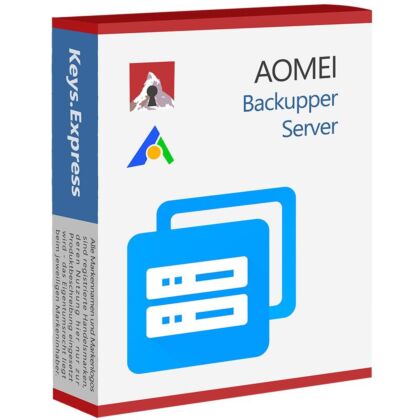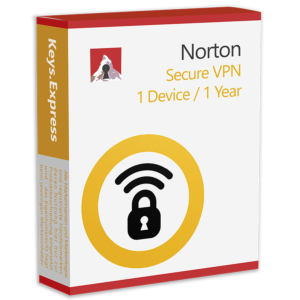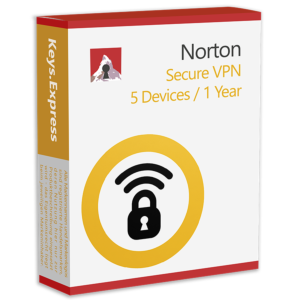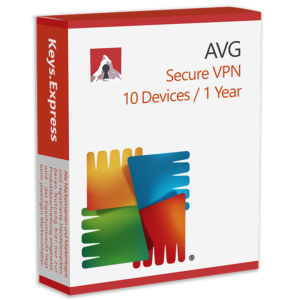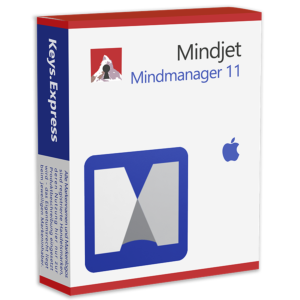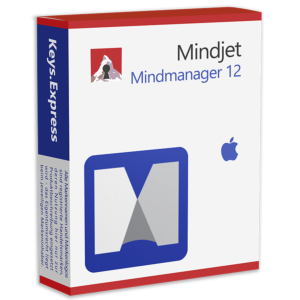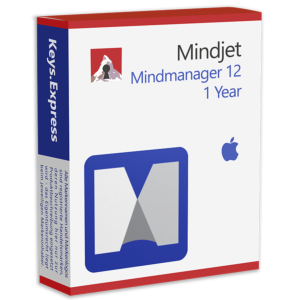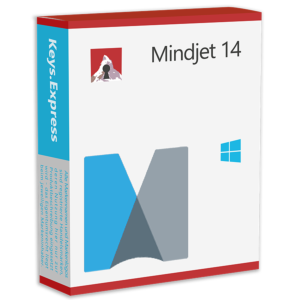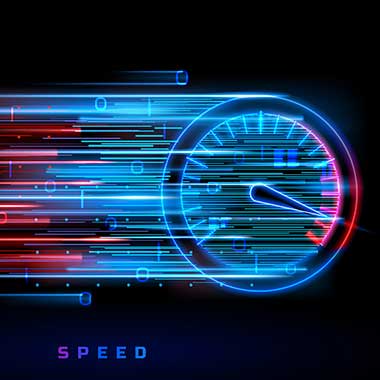Operating System: Windows 10 / 8.1 / 8 / 7 / Vista / XP (all editions, both 32-bit & 64-bit)
Windows Server: Windows Server 2019 / 2016 / 2012 (R2) / 2008 (R2) / 2003 / WSBS 2003 / 2008 / 2011 / WHS2011
Processor: 500 MHz x86 or compatible CPU (minimum)
Memory (RAM): 256 MB or higher
Storage: 300 MB of free hard-disk space
Input Device: Mouse or other pointing device (recommended)
Optical Drive (Optional): DVD/CD-RW drive (Bootable Rescue Media can also be created using a USB memory stick)
Supported File Systems: NTFS / FAT32 / FAT16 / exFAT / ReFS / Ext2 / Ext3 / Ext4
Supported Hard Disk Styles and Types: Master Boot Record (MBR) hard disk, GUID Partition Table (GPT) hard disk, Compatible with GPT/UEFI boot, Compatible with dynamic disks
Supported Storage Devices: All storage devices recognized by Windows, including IDE, SATA, iSCSI, SCSI disk, IEEE1394 (FireWire), Traditional Hard Disk Drives (HDD), Solid State Drives (SSD), and SSHDs, External hard drives (USB 1.0 / 2.0 / 3.0), PC Card, all removable flash drives and thumb drives
Backup data to optical media: CD-R/RW, DVD-R/RW, DVD+R/RW, BD-R, Hardware RAID (RAID 0, RAID 1, RAID 5, RAID 10, etc.)
Network Attached Storage (NAS) and shared network locations
Virtual environments: Hyper-V, VirtualBox, VMware virtual drives, and other virtual systems

